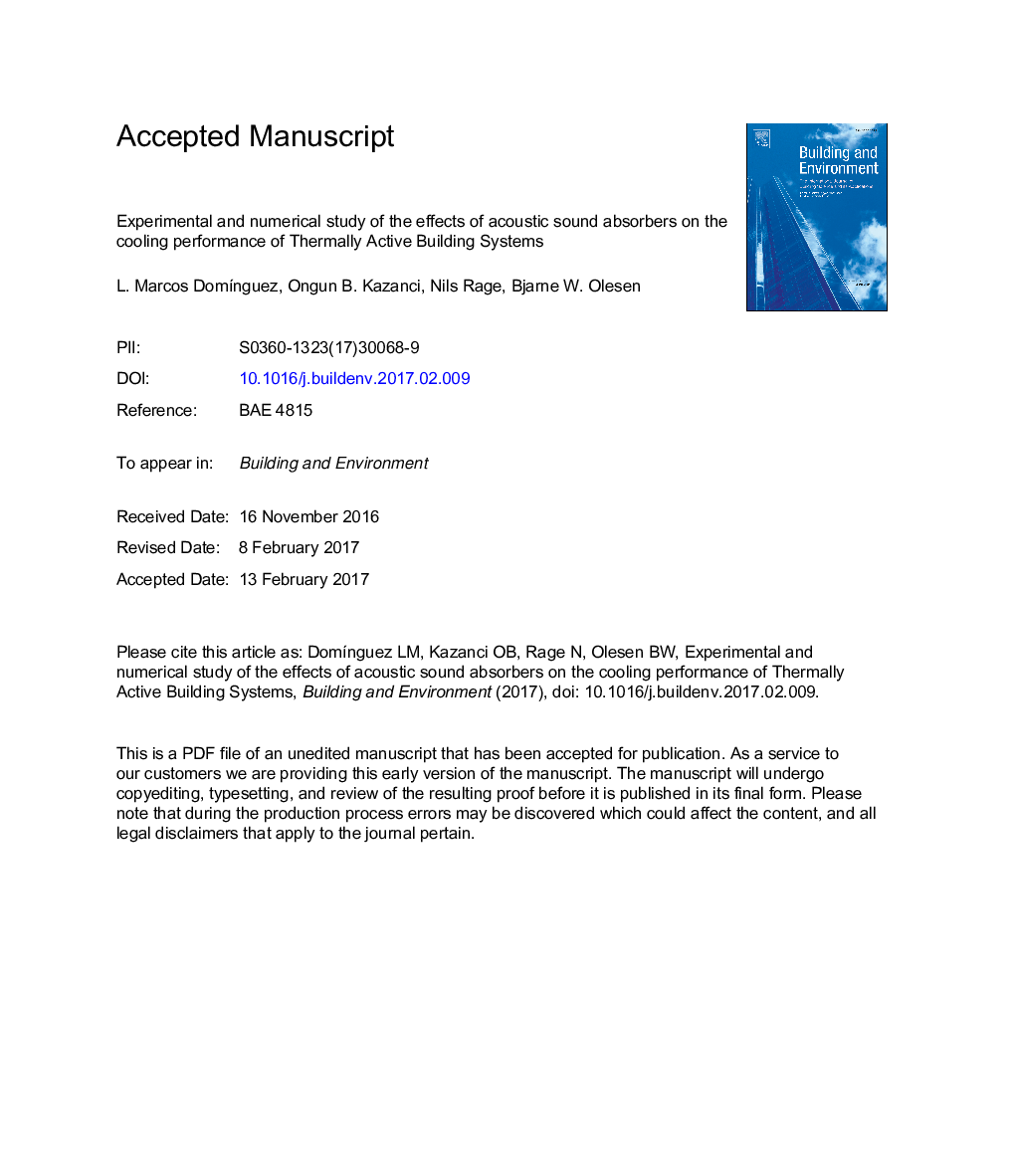| Article ID | Journal | Published Year | Pages | File Type |
|---|---|---|---|---|
| 4917382 | Building and Environment | 2017 | 43 Pages |
Abstract
With horizontal sound absorbers, the cooling performance of the Thermally Active Building System decreased by 11%, 23% and 36% for ceiling coverage ratios of 43%, 60% and 80%, respectively. With vertical sound absorbers, the decrease in cooling performance was 8%, 12%, and 14% for the corresponding cases, respectively. The numerical model predicted closely the cooling performance reduction, air temperatures and ceiling surface temperatures in most cases, while there were differences in mean radiant temperatures and cooling capacity coefficients, indicating that the model can be improved in certain aspects.
Keywords
Related Topics
Physical Sciences and Engineering
Energy
Renewable Energy, Sustainability and the Environment
Authors
L. Marcos DomÃnguez, Ongun B. Kazanci, Nils Rage, Bjarne W. Olesen,
